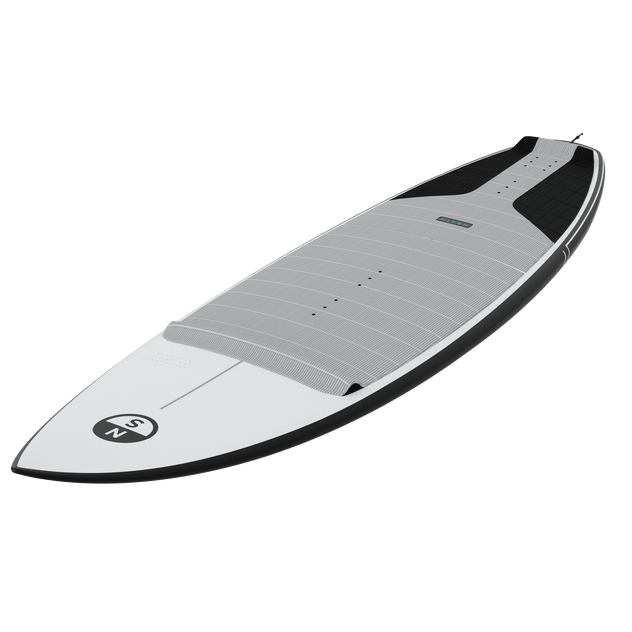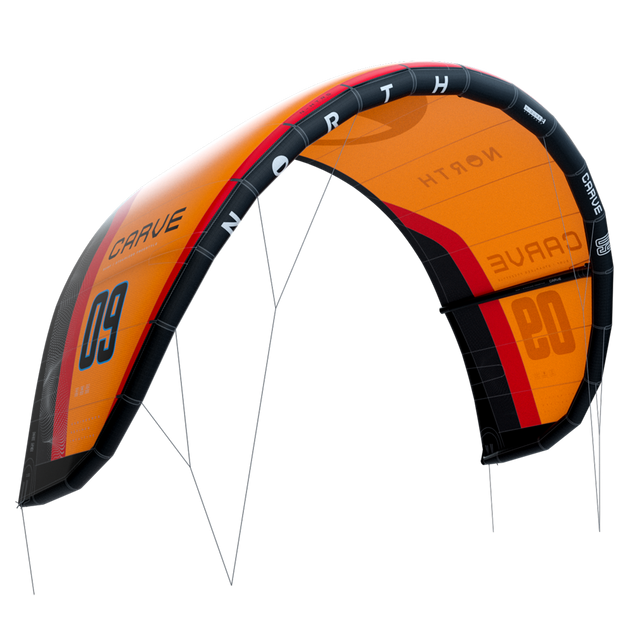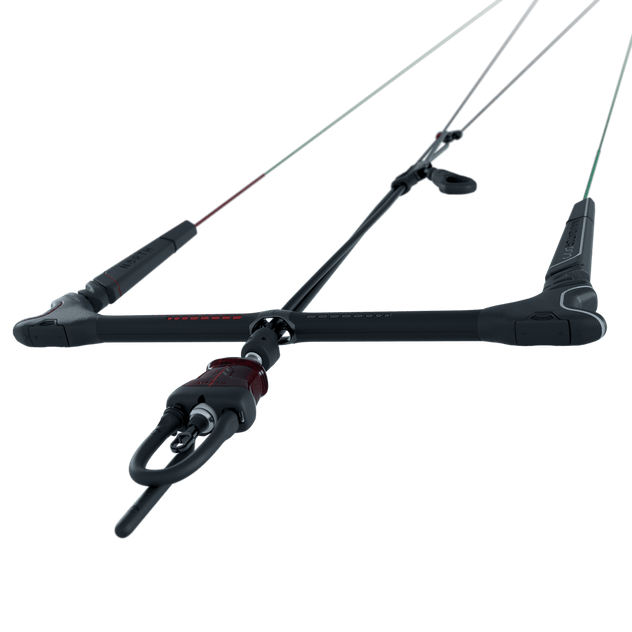Bar pressure and steering impulse tuning tips
How do you fly? High or low?
The attachment points on the wingtip of your kite let you adjust the steering impulse and bar pressure. We deliver each kite with the rear bridle line attached to what we feel is the optimal setting — light enough to be friendly and playful feeling, but at the same time, direct and with enough feedback for you to always know exactly where the kite is.
But ultimately, which rear bridle attachment point to use is up to you.
WHAT IS STEERING IMPULSE?
Steering impulse is the responsiveness of the kite - how quickly it reacts when you provide input into the bar. Faster, more responsive kites are essential for wave riding and kite loops.
WHAT IS BAR PRESSURE?
Bar pressure is the amount of force needed to keep the kite at a certain angle of attack when kiting, or the force needed to turn the kite. It is determined by how much power is transmitted through the steering lines. Lighter bar pressure means less force is needed. With higher bar pressure you can feel the kite more.
You can adjust your kite’s bar pressure and steering impulse to your personal preference using the different wingtip tuning attachment options. The North Orbit, Reach and Pulse kites cover the full adjustment range with just two attachment points. On these kites, the attachment points are A and C.

REAR SETTING: LIGHT BAR PRESSURE / LOWER STEERING IMPULSE
Attaching your rear line to the rear attachment point (A) allows for light bar pressure and lower steering impulse. When the lines are attached closer to the wing tip the kite will have a lighter, more forgiving feeling, more depower travel and require less effort to fly. The stock setting on the Orbit is the most rearward setting on the wingtip, which gives you the lightest steering impulse and a medium and controllable amount of depower travel on the bar.

FORWARD SETTING: MAX BAR PRESSURE / MAX STEERING IMPULSE
Attaching your rear line to the front attachment point (C) allows for maximum bar pressure and steering impulse. When the lines are attached to the forward setting, you’ll experience a firmer, more direct steering, shorter depower travel and higher bar pressure.
If you wish to increase the sensitivity of the depower, then move to the forward setting. This will give you increased depower but at the expense of more force required in the steering impulse. It gives the kite a more sporty feel.

MIDDLE SETTING (CARVE ONLY): LIGHT BAR PRESSURE / MODERATE IMPULSE
Attachment to the middle attachment point (B) allows for a lighter bar pressure and moderate steering impulse.
The Carve kite has three attachment points and the bridle lines come attached to the middle setting, for shorter bar travel and more controllable depower. While wave-riding you need the ability to depower on and off in a very short amount of travel. You don’t want, as you get powered up, for the bar to get further away from you as it could throw you off balance. A short, responsive depower gives the kite a much better behaviour when riding waves and gives you the ability to have fingertip control.
Use a loop-to-loop connection to secure the rear attachment line to the attachment point on the kite.
























